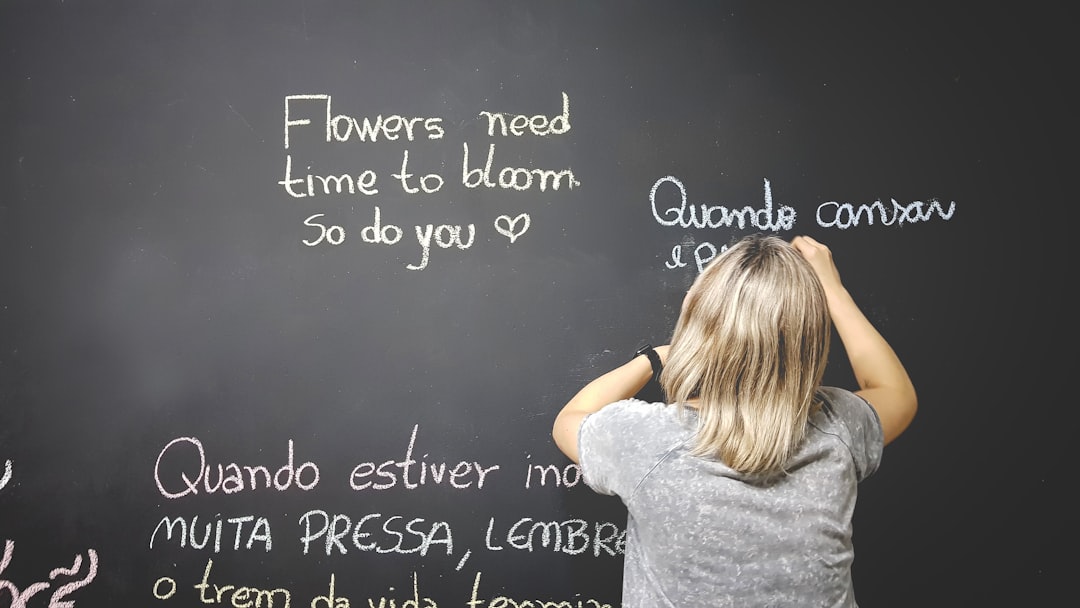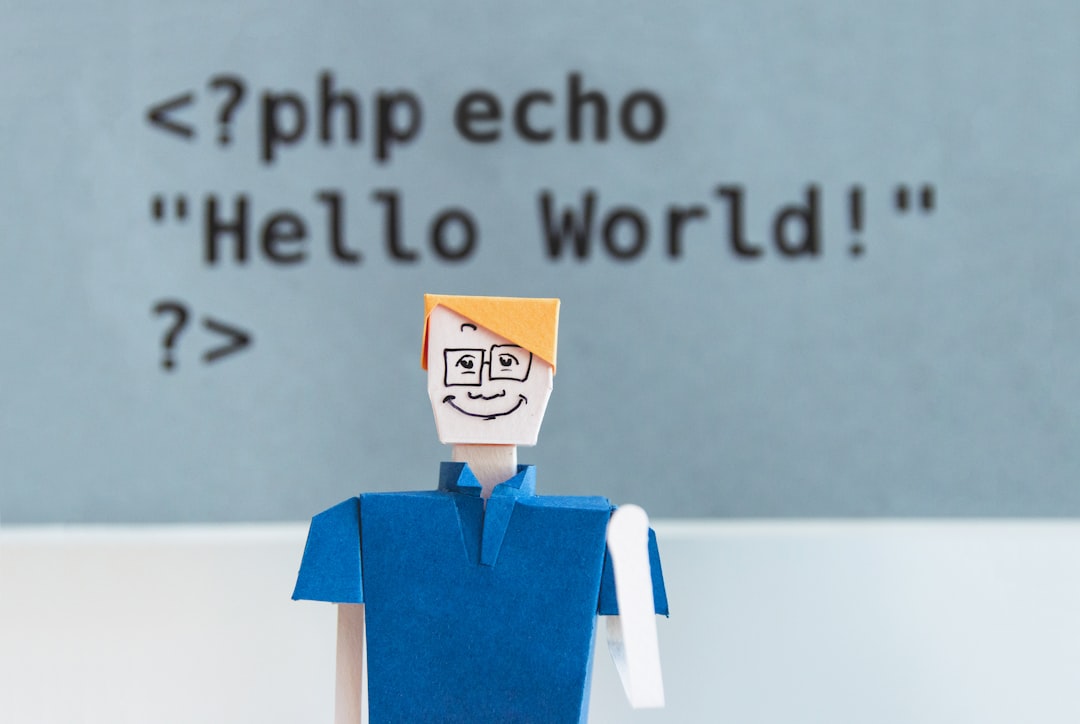What is it about?
In this article, we explore how different modalities and narrative devices contribute to the deveolopment of an animated story created by six young children (age 4-5 years) and an early childhood teacher. The article focuses on the process and the final product — from the first idea till the final animated story. The animated story is about princess Rapunzel who is trapped in the castle by her stepmother. The children have used several well-known elements from the fairytale genre, such as, «once upon a time», home-out-home, and repetitions. In the voiceover, the children describe what happens in the movie. During the creation process, several new elements are added — and by being added to the story they also contribute to the development of the story. The analysis also shows that some elements «disappear» — or becomes less important — during the process. This demonstrate the importance of seeing the final product as a snapshot of the children’s concerns at the end of the process.
Featured Image

Photo by Nong V on Unsplash
Why is it important?
A central finding in this study is the importance of including the process, the product, the narrative devices and all the modalities in the analysis — they are all important to understand the development of the story. Another central finding is the importance of keeping ones eyes and ears open for the magic in children’s creative processes. The narrative devices scary and funny were very important for the children throughout the entire process — and was acknowledged by the teacher.
Perspectives
The findings demonstrate the importance for early childhood teachers and researchers to acknowledge that all aspects are equally important — as bricks in a puzzle — when young children create animated stories. The different aspects contribute in different ways during the creation process — to a final product.
Marianne Undheim
Universitetet i Stavanger
Read the Original
This page is a summary of: An animated story created by a group of young children, Journal of Early Childhood Literacy, January 2021, SAGE Publications,
DOI: 10.1177/1468798420988756.
You can read the full text:
Resources
Contributors
The following have contributed to this page










